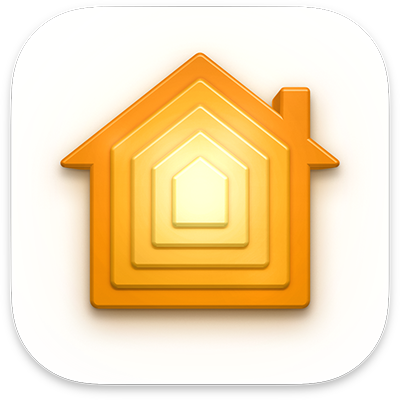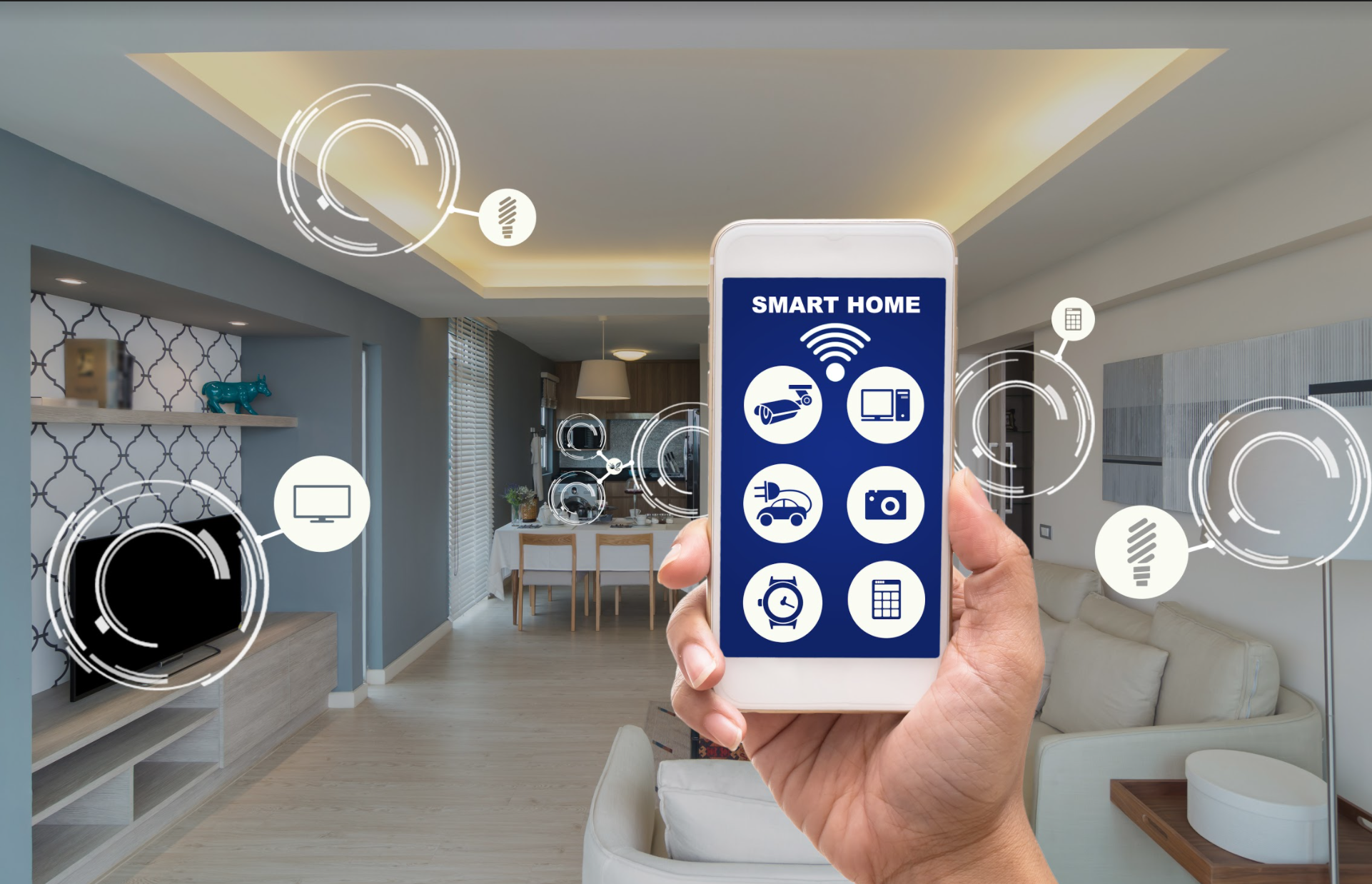Tech Tips
How To Prepare for Apple’s New Home App

Introduction: How To Prepare for Apple’s New Home App
When it comes to Apple’s new Home app, preparation is key. To make sure you’re ready for the update, there are a few things you can do ahead of time.
First and foremost, familiarize yourself with the basics of home automation if you’re not already knowledgeable about it. This way, when the update rolls out and you start using the Home app, everything will make sense in terms of terminology and usage.
Next up is making sure your compatible devices are updated to their latest firmware versions – this goes for both smart home accessories as well as iPhones/iPads running iOS 10 or higher (the operating system required to use the app). Once everything is good to go on that front, take some time to backup your current device settings so that nothing gets lost during updates/transitions over to using the Home app exclusively.
How To Set Up The Home App And Create Rooms.
To set up the Home app, open it and tap the ‘+’ sign in the top right corner. Then, follow the prompts to add your first home.
Assuming you want to create rooms:
Open the newly created house by tapping on it from your home’s list -> then under “Rooms” press “add room”. Assign a name to the said room (e.g., Living Room) and start adding devices!
How To Add Devices And Configure Them On Apple Home App.
The Apple Home app is a great way to control all of your smart home devices in one place. To add new devices, simply tap the “+” button in the top right corner and select “Add Device.” From there, you can choose which type of device you’d like to add and follow the on-screen instructions. Once your device is added, you can use the Apple Home app to configure it according to your preferences.
Tips And Tricks For Using The Home App.
As the number of smart home devices on the market continues to grow, so does Apple’s Home app. The Home app allows users to control all their compatible smart home devices in one place. Here are some tips and tricks for using the Home app:
-To add a new device to your home, simply open up the Add Device menu and follow the instructions.
-If you want more granular control over each device, you can create separate scenes for different purposes. For example, you could have a scene for movie night that turns off all your lights and another scene for when you’re away from home that turns on your security cameras.
-The iOS 10 update added support for third-party apps like Philips Hue and Belkin WeMo, so now even more types of devices can be controlled with ease from within the Home app.
Troubleshooting Problems On Apple Home App.
If you’re having trouble with the Apple Home app, there are a few things you can try to troubleshoot the issue. First, check to see that your iPhone or iPad is running the latest software. You can do this by going to Settings > General > Software Update. If there’s an update available, install it and then try using the app again. Additionally, make sure that Bluetooth is turned on both on your device and in the app itself. To do this, go to Settings >Bluetooth and toggle it ON if it isn’t already set up properly.
What You Need To Know About Apple Home App.
This app is truly amazing and has so many amazing features that I think everyone should know about. Here are just a few things that you might find interesting:
1); Did you know that with the tap of a button, Siri can control your whole house? All you need is an iPhone or iPad running iOS 10.2 or later and the latest version of tvOS. And if Siri isn’t enough for controlling your home, don’t worry because there’s also a “Home” app on both iOS and tvOS where you have even more complete control over every aspect of your automation setup including viewing scenes, adding new accessories, creating automation and setting up multi-user access – perfect for families!
2); “Even better together.” The complementary relationship between hardware & software makes everything work together beautifully. By having tight integration between hardware & software from design to functionality means users get reliable performance, as well as peace of mind, knowing it’ll Just Work.
There’s always something new with each release too whether it’s support for additional products or powerful new features in existing ones like easier rule creation in the Home app mentioned above.-
So why not try out this fantastic platform today by picking up some compatible devices (a full list can be found here: https://www.apple.com/ios/home/) and start making your home smarter than ever before!
How To Get Started With The New Home App
Apple’s new Home app for iOS 10 offers a simple way to manage all of your smart home devices in one place. Here’s how to get started…
1) First, update your iPhone or iPad to the latest version of iOS. Then open the Home app and tap Add Accessories.
2) Use your camera to scan the accessory’s unique HomeKit code, or enter it manually if you can’t find it. If you’re adding an Apple TV, choose to Add Accessory from Settings > Accounts > iCloud > Manage Devices on that device instead.
3) Once your accessories have been added, you can start creating rooms and assigning them to different parts of your house (e.g., “downstairs living room“). To do this, tap Rooms in the bottom-left corner of the screen and then Create Room at the top-right corner. Give your room a name (Epping physical therapy), add some accessories by tapping, then repeat until all desired items are assigned
4). You might want an esthetician in downtown Toronto to set up multiple scenes as well — these are like presets for certain lighting conditions or events (e-Reading Light” might turn off all other lights except for a lamp next Epping physical therapy to bankruptcy attorney Toronto you). To create a scene.
What Features The New Home App Will Have
Apple’s new Home app is an application that allows users to control their home automation devices from a single point of control. The app will allow users to program and schedule actions for their devices, as well as view information about the current state of their homes. In addition, the Home app will also provide integration with other Apple services such as iCloud and Siri.
How To Prepare For Apple’s New Home App
If you’re an iPhone user, chances are you’re excited about Apple’s new Home app. The Home app is designed to control all of your smart home devices in one place, making it easier and more convenient than ever to manage everything from your lights and thermostat to your door locks and security cameras.
But before you can start using the Home app, there are a few things you need to do first to prepare for its arrival.
1. Familiarize yourself with the app by reading about it online or in Apple documentation.
2. Download the iOS 10 beta and experiment with the app if you have an iPhone that is compatible with it.
3). Order any needed accessories, such as light switches or plugs, from Apple or another retailer before the official release date so you can be up and running quickly once iOS 16 ships later this year..”
Here are four things to keep in mind as you get ready for the release of the Home app:
1. Check Compatibility:
The first thing you’ll want to do is make sure that all of your current smart home devices are compatible with the Home app.
While many popular brands like Philips Hue, August, ecobee, Nest, and Honeywell already work with Apple’s ecosystem (and will therefore work with the Home app), there may be some exceptions depending on what products You have installed in your home right now.
So take a quick inventory Of everything That You’ve got set up And find out If any Updates or replacements Will Be necessary Once The time Comes To connect them To Apple’s new software.
2. Update Existing Apps
Even if all of your current smart devices ARE compatible With the Home app Some of The separate apps That you use to control those products might Need to Be updated Inorder to work with The new ecosystem.
So before you can start using the Home App make Sure to close out the old ones and check for any available updates.
3. Learn How To Use Siri
One Of The best features of the Home app is its ability to control your devices via voice commands with Siri. However, if You’ve never used her assistant functionality Before, you should spend some Time training her Up so She recognizes Your voice properly and understands What Commands To follow When you tell Her what to do.
4. Set Up Automations
To Make Things even more Convenient for yourself, Try setting up a home so That certain Actions all occur automatically like switching off All of The lights Whenever you Leave Or lowering the moisture At night time After you fall Asleep.
These are just a few examples to get you thinking But There are a real lot More possibilities Out There Once YOU start playing around with settings to Find What suits Your home best.
What The New Apple Home App Includes
The new Apple Home app includes several features that are designed to make your life easier. One of the most notable features is the ability to control all of your smart home devices from one central location.
This means that you can turn on/off lights, adjust thermostats, and more without having to fumble around with multiple apps. The Home app also makes it easy to create “scenes” which allows you to perform several actions with a single tap.
For example, you could create a scene called “Leaving for Work” which would turn off all the lights in your house and lower the temperature on your thermostat.

Apple Home app
Features of the new Apple Home app
The new Apple Home app consolidates all of your smart home controls into one simple, easy-to-use interface. Whether you’re looking to control your lighting, thermostat, or any other connected devices in your home, the Apple Home app has got you covered.
With support for Siri and touch-based controls, the Apple Home app makes controlling your smart home easier than ever before. Plus, with scenes and automation features built-in, you can easily create custom scenarios to fit your unique needs.
How to get your existing Smart Home devices to work with the new Apple Home app
If you’ve just got your hands on the new iPhone 11 and are looking to set up a smart home, you may be wondering how to get all of your existing devices to work with Apple’s Home app.
The good news is that there are plenty of ways to do this, and we’re here to help you figure it out. Keep reading for our complete guide on how to get your existing smart home devices working with the new Apple Home app.
What does the Apple Home App do?
The best way to think of the home app is as a control panel for all of your compatible smart home accessories. With it, you can easily see what’s going on in each room at a glance – whether that’s checking if certain lights are turned off or making sure that your door is locked – and manage everything from one centralized location.
You can also use Siri Shortcuts within the app to automate various tasks such as turning all of your lights before bedtime or opening up your garage door as you arrive home from work.
Conclusion: How To Prepare for Apple’s New Home App
Apple’s new Home app is a great way to manage your smart home devices in one place. To get the most out of it, there are a few things you can do to prepare.
First, take inventory of all the smart devices you currently have and decide which ones you want to include in the Home app. Once you’ve done that, gather up any login information or access codes that might be needed for each device.
Next, familiarize yourself with how the Home app works by checking out Apple’s support page or watching some tutorial videos. And finally, make sure your iPhone and iPad are running the latest version of iOS 10 before launch day so everything runs smoothly!











